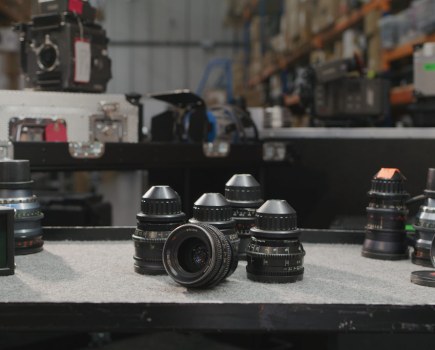Photographers could miss out on capturing bluebells this year because the early onset of spring has forced many plants to flower four weeks early.
Recent warm weather in the UK could force bluebells to flower at Kew Gardens as early as ?this week?, according to a spokeswoman who said they are not normally expected out until ?mid–May?.
Bluebells have already been spotted at a woodland nature reserve in Nottinghamshire, for example.
Among the species to spring early are daffodils which have already finished flowering at Kew – the first having appeared on 23 January.
This is in stark contrast to the early 1960s when the average flowering time for daffodils at Kew was 9 March.
Snowdops have also been affected. In the 1950s they appeared, on average, around 25 February. But this year the first group opened on 25 January.
?Photographers may have to double-check that plants are still flowering before they arrive,? added the Kew spokeswoman.
The news is in line with the results of Kew Gardens ?data monitoring? system which covers 100 plant species.
Commenting on its analysis of the data Kew Gardens said: ?It has become obvious from these thorough records that some species have been flowering noticeably earlier than in the 1950s.?
Meanwhile, in other parts of the UK, such as Dorset, crops of oilseed rape have been seen flowering weeks ahead of schedule.
Last week renowned landscape photographer Joe Cornish reported that his photographs of the UK, captured over the past 10 years, have revealed clear evidence of climate change. See our story here:
The Royal Botanic Gardens Kew, which is based at Richmond in Surrey, can be contacted on 020 8332 5655.
Picture credit: RBG Kew
? Has your photography been affected by climate change? If you have advice for fellow photographers about where and when is a good time to photograph various plants in your neighbourhood then feel free to share this information with others via AP?s website forum at transport.kelsey.host/amateurphotographer








